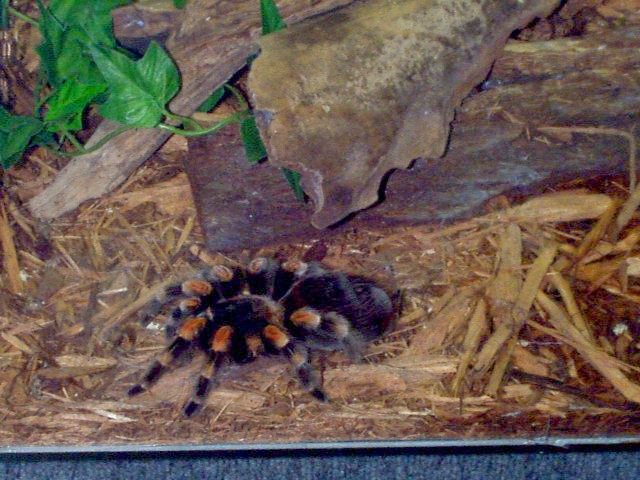Source Materials and Related Links:
-
The Tarantula Keeper's Guide, Stanley A. Schultz and Marguerite
J. Schultz, Barron's, Hauppage, NY, 1998. A good book with lots of pictures
and "how-to" information. ISBN: 0-7641-0076-9
-
Tarantulas and Other Arachnids, Samuel D. Marshall, Ph.D., Barron's,Hauppage,
NY, 1996. ISBN: 0-8120-9315-1
-
Tarantulas of Texas: Their Medical Importance, and World-Wide Bibliography
to the Theraphosidae (Araneae), R.G. Breene, and others, The American
Tarantula Society, 1996 and 1999, P.O. Box 756,Carlsbad, New Mexico, 88221-0756,
USA. ISBN: 1-929427-04-2
-
A Field Guide to Spiders and Scorpions of Texas, John A. Jackman,
Lone Star Books (Gulf Publishing), Houston, 1997 and 1999.
-
"Tarantulas: Earth Tigers and Bird Spiders," National Geographic(September
1996), Richard Conniff, National Geographic Society, p.98-115.
-
The American Tarantula Society, http://www.atshq.org
|

